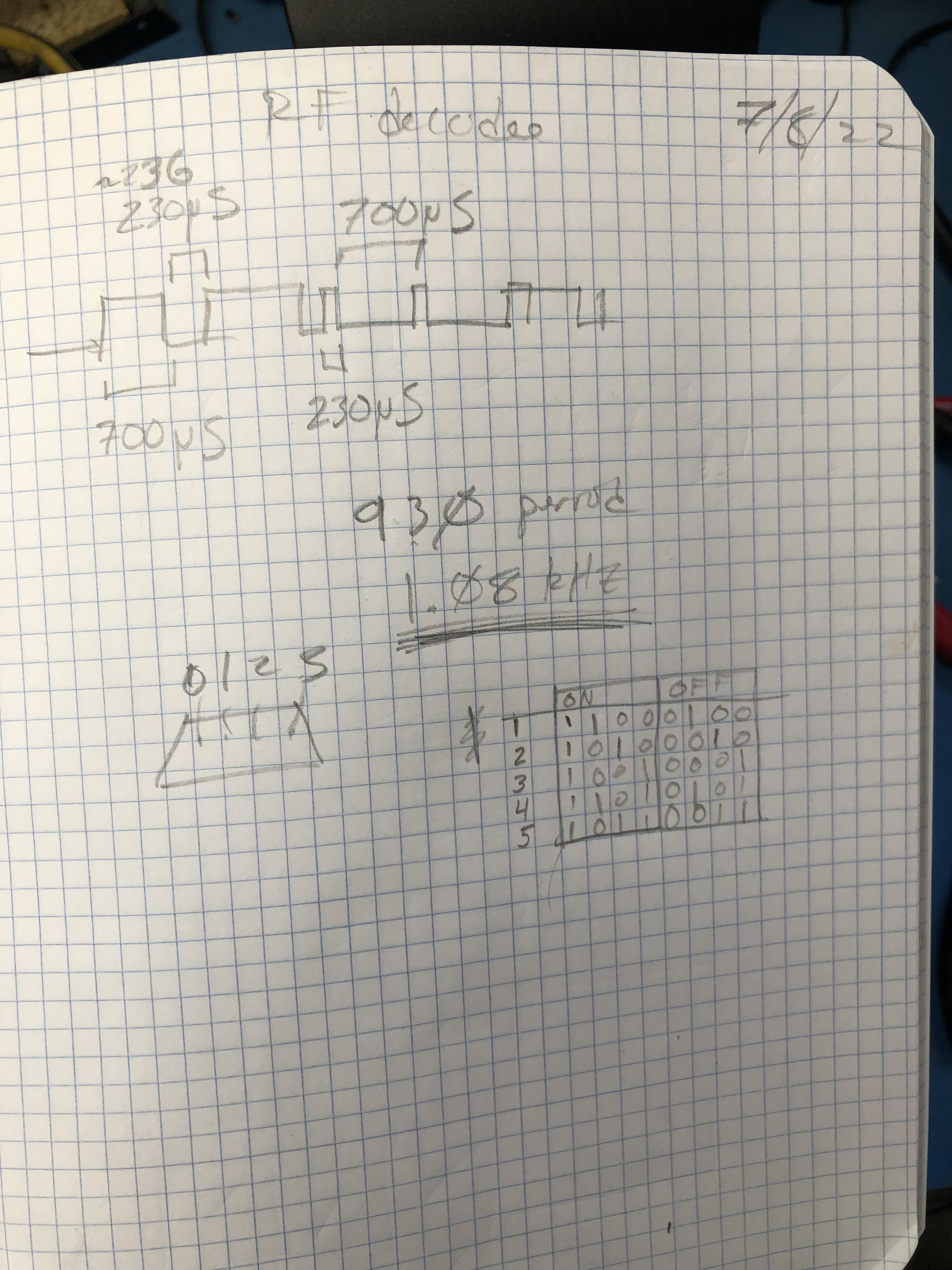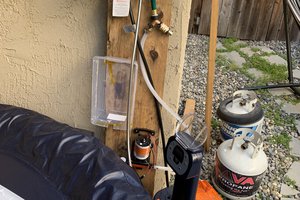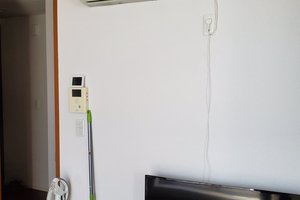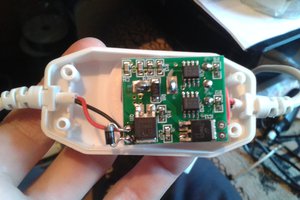Secondary requirements
-Should not require, or require as little as possible, mains wiring. Not super comfortable with having something run unattended, 24/7, with mains, that I build as cheap as possible.
-Rental friendly. This is a rental.
-As cheap as (reasonably) possible, but balanced with:
-No huge-effort parts. I'm not making any boards for this or spending a week getting some API or special toolchain working.
-No vendor subscriptions/APIs/services. I don't want this breaking in three months when someone changes their system or takes it offline or puts it on a subscription. Or my internet goes down. Or run out of "free" sensors or something and have to "upgrade to premium".
-Should use vent fans whenever possible, whenever it's closer to the target temperature outside. I like me some fresh air AND it's more efficient. It's just inconvenient sometimes at the moment, this should make it convenient.
-As quiet as possible. Or at least not obnoxiously loud. Infrequent noises/beeps/clicks are the worst. No mechanical relays in the bedroom, for example.
-As efficient as reasonably possible. I like money. Electricity costs money. So no portable AC units (see the "technology connections" video on these for why. Though let's be real, if you're here, you already subscribe to him...)
-"Party mode". I often have 20+ people over, people make heat. Need to be able to just dump heat and co2 as fast as possible instead of trying to do fancy closed loop stuff that's going to take time to react. This should include making sure to ventilate even if it's cold outside and we WANT heat inside.
-Ground temperature sensing - I live on a ground floor so that dumps/removes *tons* of heat from the building depending on temperature. It can be 65 outside and sit at 75 inside all night if it was a hot day and the floor is warm. System should account for that.
-Cooridination from a single program/script. Don't want to be updating code on everything all the time, sensors and controls should be as dumb as possible.
-Use the existing gas heater. There's a gas heater in the kitchen, and gas is *way* cheaper per energy than electricity. Also means I don't need to buy and controllerize another heater.
-Air conditioners shouldn't have to be reverse engineered to interface their controllers. Do that shit over the IR control. Except for:
-Remove the damn beepers from the AC units. This has nothing to do with anything else, those stupid beeps just bug me, why-oh-why does every equipment manufacturer INSIST on putting a fucking beeper in their thing and making it beep EVERY TIME YOU DO ANYTHING. Like dishwasher, I GET that my dishes are done, ITS 2AM YOU DON'T NEED TO WAKE ME UP TO TELL ME. YOU'RE HERE SO I DON'T HAVE TO THINK ABOUT MY DISHES, NOT TO ANNOY ME ABOUT THEM. Same fuckin thing MICROWAVE, stop bugging me every thirty seconds that you're done. I KNOW. I SET YOU TWO MINUTES AGO. I'M DOING SOMETHING ELSE. CHILL.
I've de-beeped all my other appliances, but haven't got around to AC yet. Since the remote and buttons make it beep, beep has to go.
</rant>
Also shouldn't look like crap. No exposed wires/boards/etc, at least in obvious places.
 John Duffy
John Duffy

 alexwhittemore
alexwhittemore
 Jorj Bauer
Jorj Bauer
 Florian
Florian
 Arya
Arya